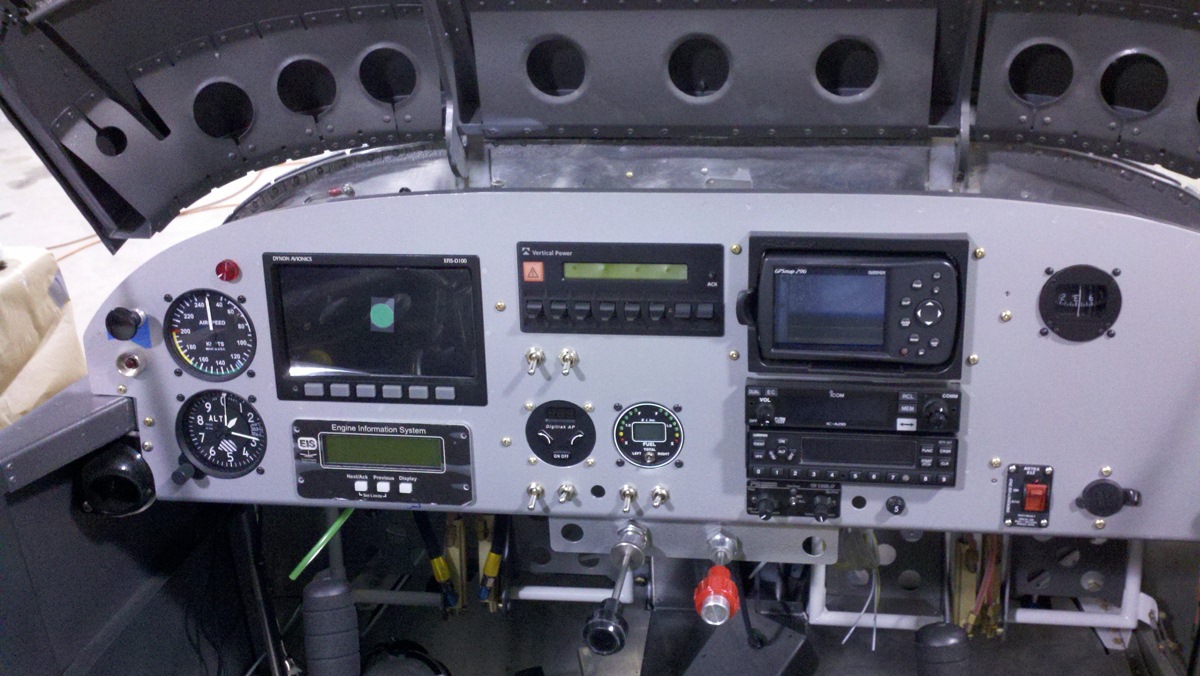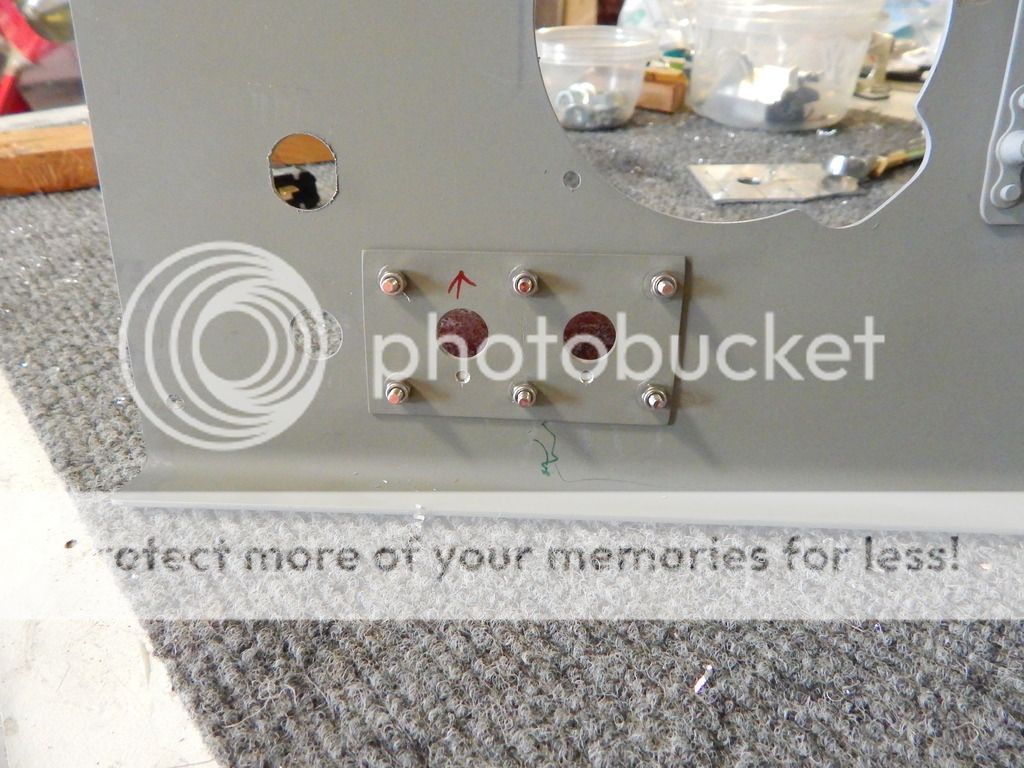WingnutWick
Well Known Member
Hello again,
I am looking to change my standard key ignition to a push button start with toggle switches for the magnetos. While more mechanically savvy, I am the first to admit I'm not the most educated on the electrical side of the house (though I am learning). Looking on Aircraft spruce I see a variety of possible switches for both. For example the starter: http://www.aircraftspruce.com/catalog/elpages/pushbutswitch132.php and the magneto switches:http://www.aircraftspruce.com/catalog/elpages/metlevswitch.php#review_tab
But I am not sure if I am safe with the amp, volt specifications. I have your standard system with a 60 amp alt. For those who have done, or have seen this done before, I'm looking for suggestions on the best switches to use for this.
Thanks a lot!
Wick
I am looking to change my standard key ignition to a push button start with toggle switches for the magnetos. While more mechanically savvy, I am the first to admit I'm not the most educated on the electrical side of the house (though I am learning). Looking on Aircraft spruce I see a variety of possible switches for both. For example the starter: http://www.aircraftspruce.com/catalog/elpages/pushbutswitch132.php and the magneto switches:http://www.aircraftspruce.com/catalog/elpages/metlevswitch.php#review_tab
But I am not sure if I am safe with the amp, volt specifications. I have your standard system with a 60 amp alt. For those who have done, or have seen this done before, I'm looking for suggestions on the best switches to use for this.
Thanks a lot!
Wick








